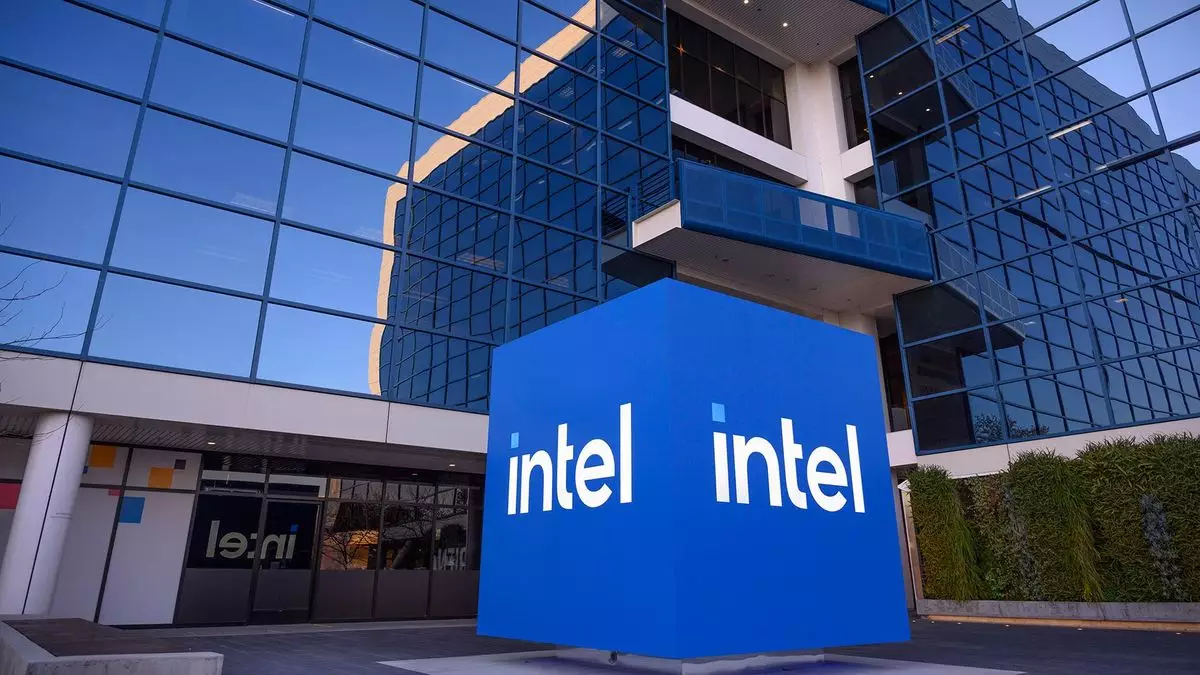Intel’s foray into chip manufacturing through its Foundry initiative represents a significant shift in the landscape of semiconductor production. As Intel seeks to carve out a niche amid competition from established players like TSMC, its operational strategies and leadership dynamics have come under scrutiny. With the abrupt retirement of former CEO Pat Gelsinger, the company’s direction raises questions not only about its internal structure but about its long-term viability in an increasingly competitive market.
The recent transitions within Intel’s leadership team have elicited mixed reactions from industry analysts and investors alike. During the Barclays 22nd Annual Global Technology Conference, co-CEOs David Zinsner and Michelle Johnston were questioned about the evolving structure of Intel, particularly the Foundry segment. Zinsner’s operational focus contrasts with Johnston’s product-centric expertise; both perspectives are vital in shaping Intel’s policies moving forward. However, the delineation between Foundry and Intel’s core operations has garnered significant attention, raising questions about the company’s identity and mission in a market characterized by rapid technological advancement.
The conversation highlighted not just an operational schism but also hinted at the existential challenges facing Intel. As Johnston noted, the Foundry division operates with a degree of autonomy, emphasizing a strategy that allows each segment to decide independently yet simultaneously work towards a common objective under the Intel umbrella. The discussion around the possibility of creating a subsidiary for Intel Foundry introduces the idea of further independence, albeit with the acknowledgment that it remains an “open question” whether a complete separation will eventually occur.
Evaluating the Future: Independence vs. Integration
The prospects for Intel Foundry raise important strategic considerations. The term “separation” is complex; it could imply a shift toward operating as a pure-play foundry, akin to TSMC’s successful model, or even potentially divesting the division entirely. This ambiguity suggests that Intel is exploring various pathways, which could be reflective of internal uncertainties regarding the company’s overall direction.
Intel is at a crucial crossroads, particularly with its impending 18A chip technology. This initiative not only signifies a technological leap but also represents a high-stakes gamble for the company. With market pressures mounting and confidence in Intel’s manufacturing capabilities wavering—particularly after issues with their 13th and 14th generation CPUs—Zinsner and Johnston’s leadership will be tested. This environment has led to skepticism about whether Intel can reclaim its status as a leader in high-performance computing.
The ramifications of Gelsinger’s departure extend beyond leadership; they impact investor confidence and stock performance. Intel’s recent struggles have not gone unnoticed, especially following Nvidia’s ascendance and Intel’s diminished standing in key industry metrics. This decline underscores the fragility inherent in Intel’s current market position and points to broader implications for its long-term strategic framework.
As the company navigates these turbulent waters, the role of Intel Foundry will be pivotal. Will it emerge as a strong contender against TSMC, or will internal divisions lead to further fragmentation? The choice between maintaining integrated operations or fully committing to a more autonomous foundry model could hold the key to boosting investor confidence and revitalizing market perception.
In navigating the future of its Foundry operations, Intel must contend with myriad challenges that mirror the complexities of the semiconductor industry at large. The dual focus of its co-CEOs provides a promising start, yet the potential restructuring could either pave the way for rejuvenation or deepen the crises facing the corporation. As developments unfold, stakeholders will need to remain vigilant, attentive to the delicate balance between innovation and operational integrity that will define Intel’s trajectory in the coming years.

